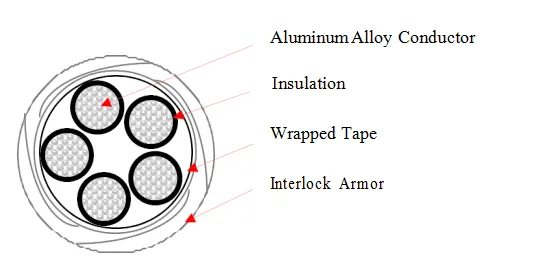Dec . 07, 2024 06:17 Back to list
rubber flapper check valve
The Advantages of Rubber Flapper Check Valves
In the world of fluid mechanics and piping systems, check valves play a vital role in maintaining the proper flow direction of liquids and gases. Among the various types of check valves, rubber flapper check valves have garnered attention for their effectiveness, versatility, and easy installation. This article will explore the key features, benefits, and applications of rubber flapper check valves.
What is a Rubber Flapper Check Valve?
A rubber flapper check valve is a type of one-way valve designed to allow fluid to flow in a single direction. It consists of a housing that encases a flapper, which is made of flexible rubber material. This flapper is hinged at one end and can open or close based on the fluid pressure. When the fluid flows in the intended direction, the pressure lifts the flapper, allowing the fluid to pass through. Conversely, if the flow attempts to reverse, the flapper closes due to gravity and back pressure, preventing any backflow.
Key Features
1. Material Composition The flapper is typically made from highly durable rubber, which allows it to withstand a range of temperatures and pressures. The flexibility of rubber also ensures that the valve can seal tightly when closed.
2. Simple Design Rubber flapper check valves have a straightforward design, which allows for easy installation and maintenance. This simplicity reduces the risk of mechanical failure, making them a reliable choice in various applications.
3. Versatility These valves can be used in a wide array of piping systems, including sewage, stormwater, irrigation, and industrial processes. Their adaptability makes them suitable for different types of fluids, including those with solid particles.
Benefits
rubber flapper check valve

1. Prevention of Backflow One of the primary reasons for using rubber flapper check valves is their ability to effectively prevent backflow. This is crucial in systems where backpressure can lead to contamination or damage.
2. Cost-Effectiveness Compared to other types of check valves, rubber flapper check valves are often more affordable, both in terms of initial purchase and long-term maintenance costs. Their durable design means they can last for years without needing significant repairs.
3. Reduced Friction Loss The streamlined design of the flapper allows fluids to flow with minimal resistance. This feature results in lower energy costs and improved overall system efficiency, making rubber flapper check valves an excellent choice for energy-conscious applications.
4. Noise Reduction Rubber flapper check valves tend to produce less noise compared to metal check valves, making them ideal for residential or noise-sensitive environments.
Applications
Rubber flapper check valves find use in various industries and applications. In municipal water systems, they prevent backflow, ensuring safe drinking water supply. In wastewater treatment facilities, they help maintain flow direction, aiding in efficient processing and reducing risks of contamination.
In agricultural irrigation systems, rubber flapper check valves are essential to prevent water from flowing back into distribution lines, ensuring that plants receive the right amount of water without waste. They are also used in fire protection systems, where a reliable one-way valve is crucial for ensuring water supply during emergencies.
Conclusion
Rubber flapper check valves are an excellent solution for anyone needing a reliable, cost-effective means of controlling fluid flow. Their simple design, durability, and versatility make them suitable for various applications across multiple industries. Whether used in residential plumbing, irrigation, or industrial processes, these valves offer benefits that enhance system efficiency, reduce maintenance costs, and ensure safe operations. As technology advances, the demand for such effective solutions will surely grow, making rubber flapper check valves a continued staple in fluid handling systems. In choosing the right valve, be sure to consider the specific needs of your application to achieve optimal performance and longevity.
Share
-
Reliable Wafer Type Butterfly Valves for Every IndustryNewsJul.25,2025
-
Reliable Flow Control Begins with the Right Ball Check ValveNewsJul.25,2025
-
Precision Flow Control Starts with Quality ValvesNewsJul.25,2025
-
Industrial Flow Control ReliabilityNewsJul.25,2025
-
Engineered for Efficiency Gate Valves That Power Industrial PerformanceNewsJul.25,2025
-
Empowering Infrastructure Through Quality ManufacturingNewsJul.25,2025